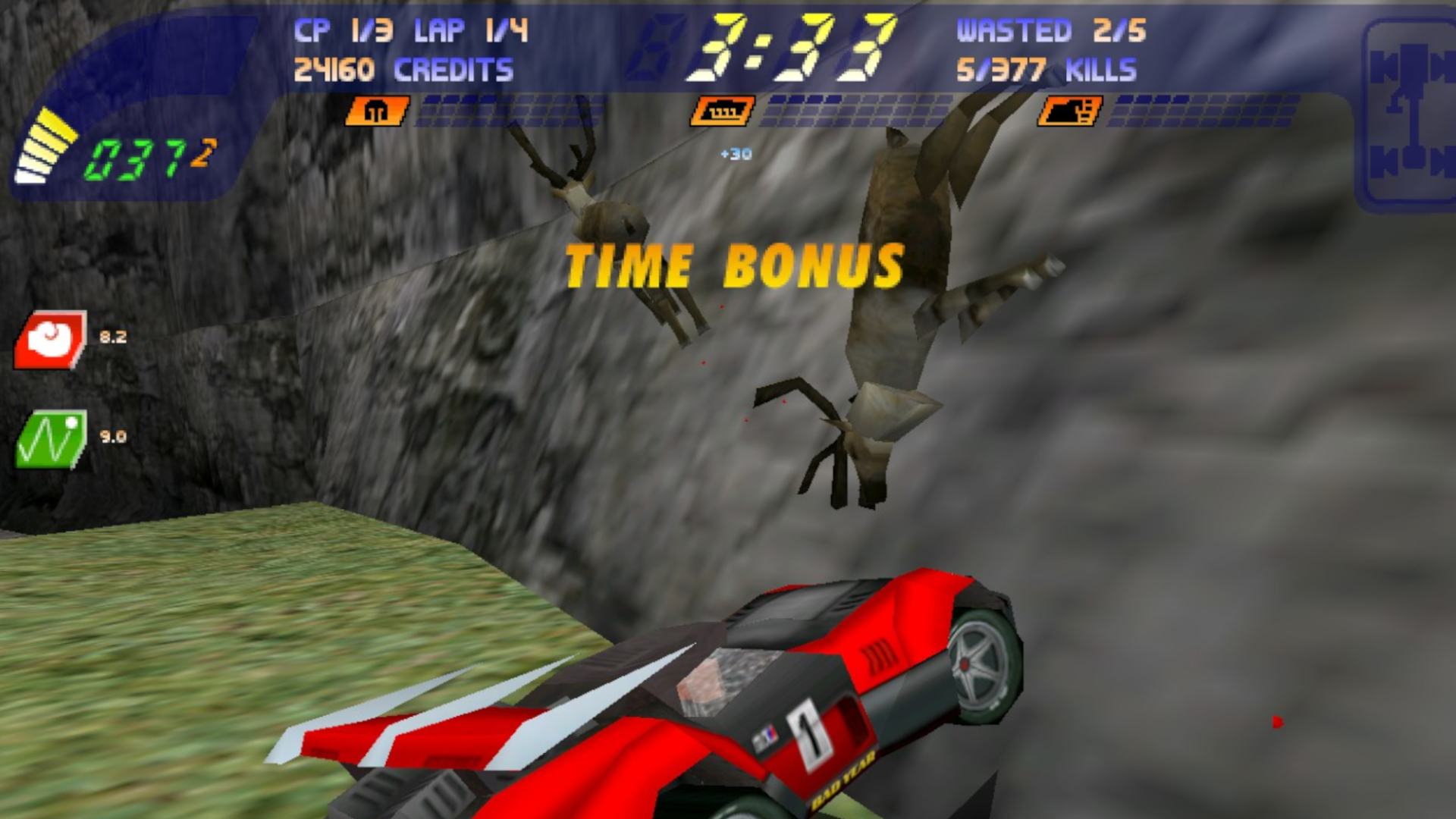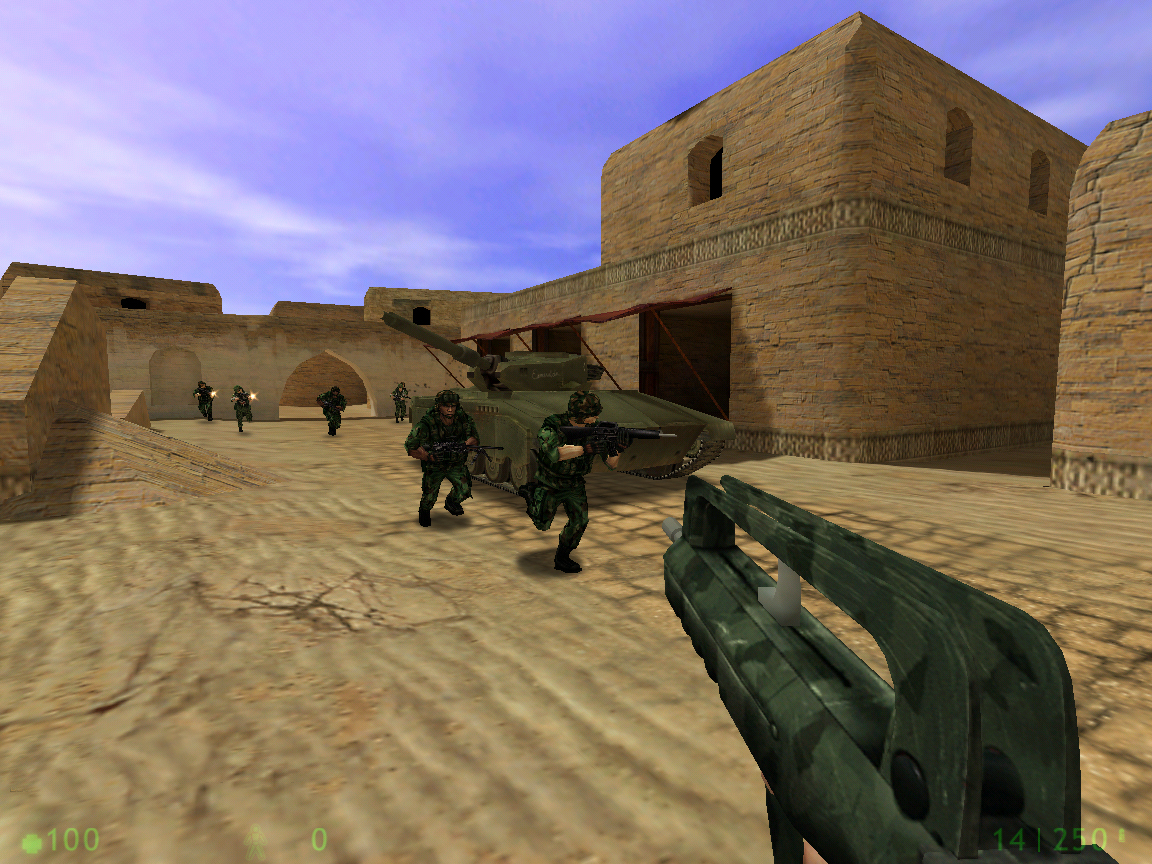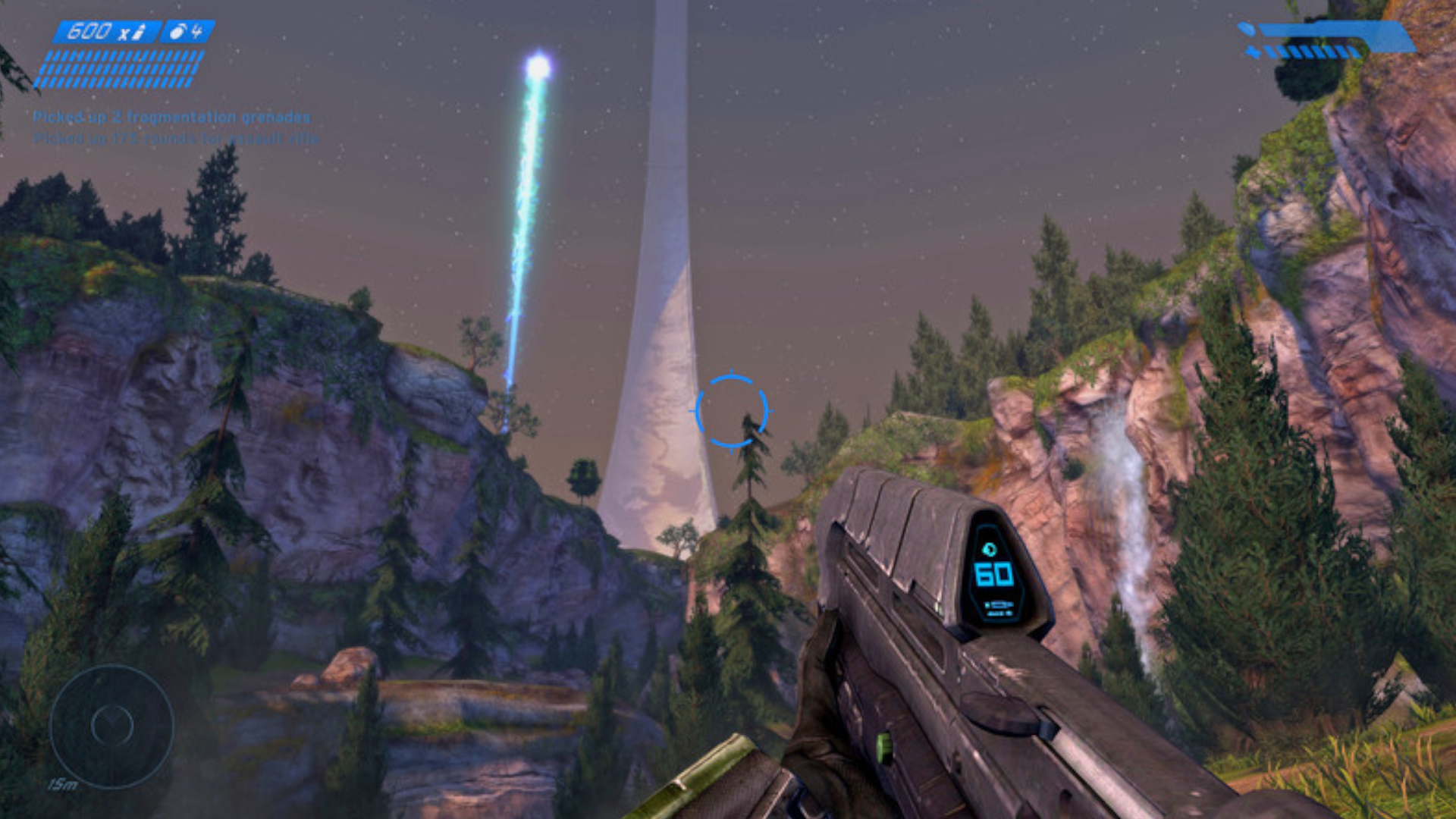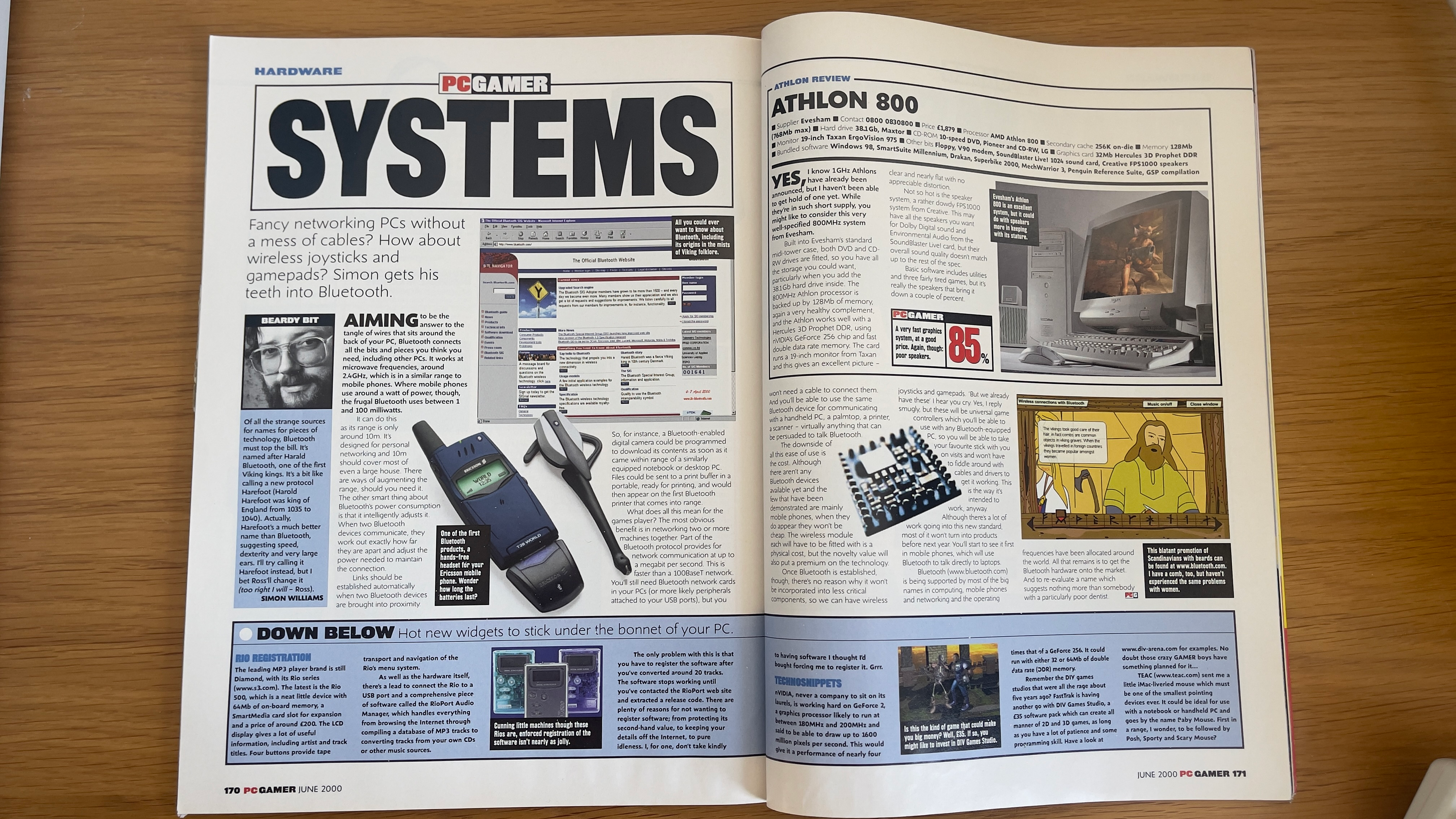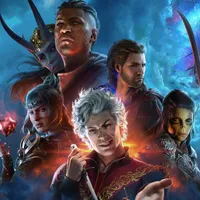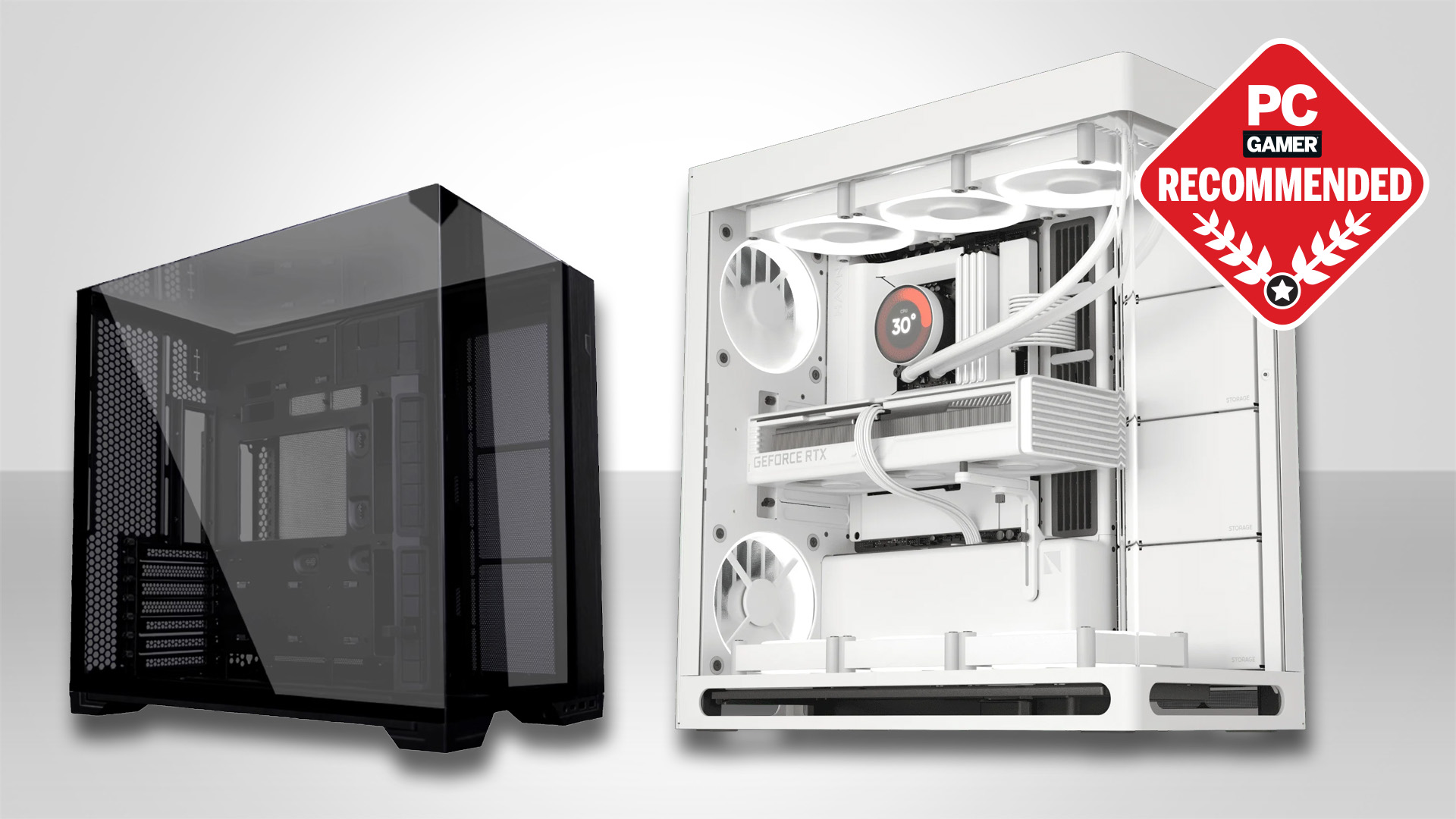This month 25 years ago in PC gaming, our biggest concerns were pro gaming, moral panics about violent games… and we still thought Halo was a PC exclusive
Team Fortress 2 was due out autumn 2000, we said. How wrong we were.

The year 2000. An odd time to look back on, in which everyone wore silver clothes and the air was thick with 5/10 Eric Cartman impressions. And an especially hilarious time to look back on in the world of PC gaming, firstly because of how much things have changed, and secondly because of how little things have changed.
Case in point: the big feature in PC Gamer UK’s June 2000 issue concerns itself with the rise of esports. "Play games all day, get paid as much as David Beckham” proclaims the contents page. “Just a pipe dream? We put professional gaming under the microscope."
You couldn’t get a more 2000 assembly of words and ideas if you wrapped them in a sarong and made them listen to Sisqo. But what’s really striking is that although esports was in its infancy, in some ways the discussions we were having about it 25 years ago mirror the ones we’re still having today: has it truly broken into the mainstream? How viable is it as a career? How can it expand as an entertainment product?
The two professional gamers under the aforementioned microscope in 2000 were Amir Haleem and Sujoy Roy, a couple of Quake III maestros who’d made their name at events like the Frag 3 CyberAthletes Professional League and the Insomnia LAN parties. After taking considerable prize money (£10,000 from Frag 3, for example) in exchange for demonstrating their deft aim with a railgun, both had recently quit their traditional jobs when PCG spoke to them and were looking to find a way to earn a living long-term as pro gamers.
As of 2025, Haleem is CEO of a blockchain enterprise and Roy is head of partnerships at OG esports, having founded numerous initiatives intended to further pro gaming’s infrastructure. Neither found long-term viability solely from competing as players. Perhaps they were too ahead of their time—it’s certainly true that a quarter-century later many players have proven it’s possible to build a career lasting a decade or more, but there are still questions about the sustainability of a pro gamer’s trade, and burnout is a significant issue.
Gore never changes
Also to be filed away under ‘everlasting PC gaming conversations’ is the Channel 4 Dispatches documentary ‘Video Nasties’ that aired on March 23rd 2000 and provoked fierce debate throughout the following summer.
Among various visceral media the doc took aim at were violent videogames, and through the flimsiest of pseudo-psychological premises from a number of experts, some fantastical claims were made. People who steal cars and joyride them may have played Carmageddon and GTA. Players of violent games are more likely to interpret real world situations in a hostile manner. Ad nauseum.
Keep up to date with the most important stories and the best deals, as picked by the PC Gamer team.
The doc was the topic of PCG June 2000’s letter of the month. Reader Dan Emerson pointed out numerous inaccuracies and wild assumptions featured in the doc, although there’s egg on his face now 25 years later, when Call Of Duty’s 100 million monthly active users all habitually commit daily killing sprees and the human population of Earth nears extinction. And that’s not to mention the growing problem of Gen A kids who go out with pickaxes, dismantle SUVs with them and use their component parts to build makeshift forts everywhere.
Some of our concerns in 2000 were far more quaint. Team Fortress 2 was due out very soon, for example, in the autumn of the same year. Screenshots from the time showed a game that looked suspiciously similar to Team Fortress Classic, and other than the fact it was being made by Valve and had a decent marketing budget, it’s difficult to tap back into why everyone was so hyped for it back then.
This was long before the ingenious leftfield turn into Pixar’s visual territory. Before we knew how hilarious it was to watch a Scout buzzing around a Heavy four times his size, shouting “Boink!” “Boink!” “Boink!” while smacking him with a steel bat. TFC was already available to gamers at the time, so quite why everyone considered this very similar game to be a seismic event has been lost in time.
“TF2 will almost certainly strike gold because it builds on the successful TFC blueprint” writes Ross Atherton in PCG June 2000’s preview. “It’s in the details, though, where TF2 threatens to overwhelm us with its sheer bounty. Rocket launchers have a danger area directly behind them—stand there and you’re toast. Flame-throwers will fill rooms and trenches with volumetric fire, not the nasty bitmaps we’re used to.” Right, I’ve got some news about those rocket launchers, Ross…
Halo says goodbye
TF2 had competition for GOTY status in 2000, though, in the form of Bungie’s absolutely-coming-to-PC-and-PC-only “potential Half-Life beater”, Halo. Hands up who’d forgotten the merry dance Microsoft led us all along during Halo’s reveal, in which it was initially pitched as a PC shooter—yes, a few at the back there, good.
“Bungie have kept typically quiet about the exact system of control”, reports Matthew Pierce in PCG’s preview. Yeah, that’ll be because they were designing it for a controller right from the off. And if you needed any reminder that these were the pre-teabagging, hateful voice chat days, how’s this:
“Removing character classes from both the single- and multi-player games means the specifics (driving tanks, using missile launchers, sniping etc.) are available to all, heightening the need for good communication and co-ordinated teamplay.” Yep, would have been nice if we’d done that.
The summer slump was a thing then, just as it is now: the only notable game to release this month in 2000 and find its way into PCG UK’s reviews section was avant-garde adventure game The Longest Journey, which received a rather austere 79%. Much more effusive, though, was the hardware section’s in-depth look at an emerging wireless technology called Bluetooth, which was “aiming to be the answer to the tangle of wires that sits around the back of your PC.”
Bluetooth had in fact been around since 1998, but was just approaching mainstream adoption in 2000 via hands-free kits for mobile phones and, PCG posited, the potential to network machines wirelessly with up to 1MB/s data transfer speeds. Half marks for that one—Bluetooth did indeed vanquish the cable-spam spewing from our peripherals, but good luck hosting an esports tournament on a Bluetooth connection. Even Amir Haleem and Sujoy Roy would have turned their noses up at that in 2000.
What does this glimpse back at a moment in time reveal, then? That June’s always a bit quiet for big releases. That Valve games generate hype on a developer name alone. That Halo was telling massive fibs to the PC gaming press, and above all, that violent games definitely turn us all into murderers.
2025 games: This year's upcoming releases
Best PC games: Our all-time favorites
Free PC games: Freebie fest
Best FPS games: Finest gunplay
Best RPGs: Grand adventures
Best co-op games: Better together
Phil 'the face' Iwaniuk used to work in magazines. Now he wanders the earth, stopping passers-by to tell them about PC games he remembers from 1998 until their polite smiles turn cold. He also makes ads. Veteran hardware smasher and game botherer of PC Format, Official PlayStation Magazine, PCGamesN, Guardian, Eurogamer, IGN, VG247, and What Gramophone? He won an award once, but he doesn't like to go on about it.
You can get rid of 'the face' bit if you like.
No -Ed.
You must confirm your public display name before commenting
Please logout and then login again, you will then be prompted to enter your display name.
